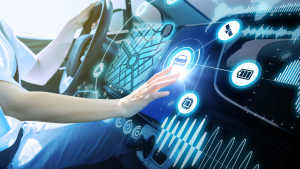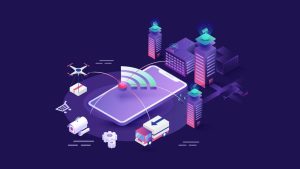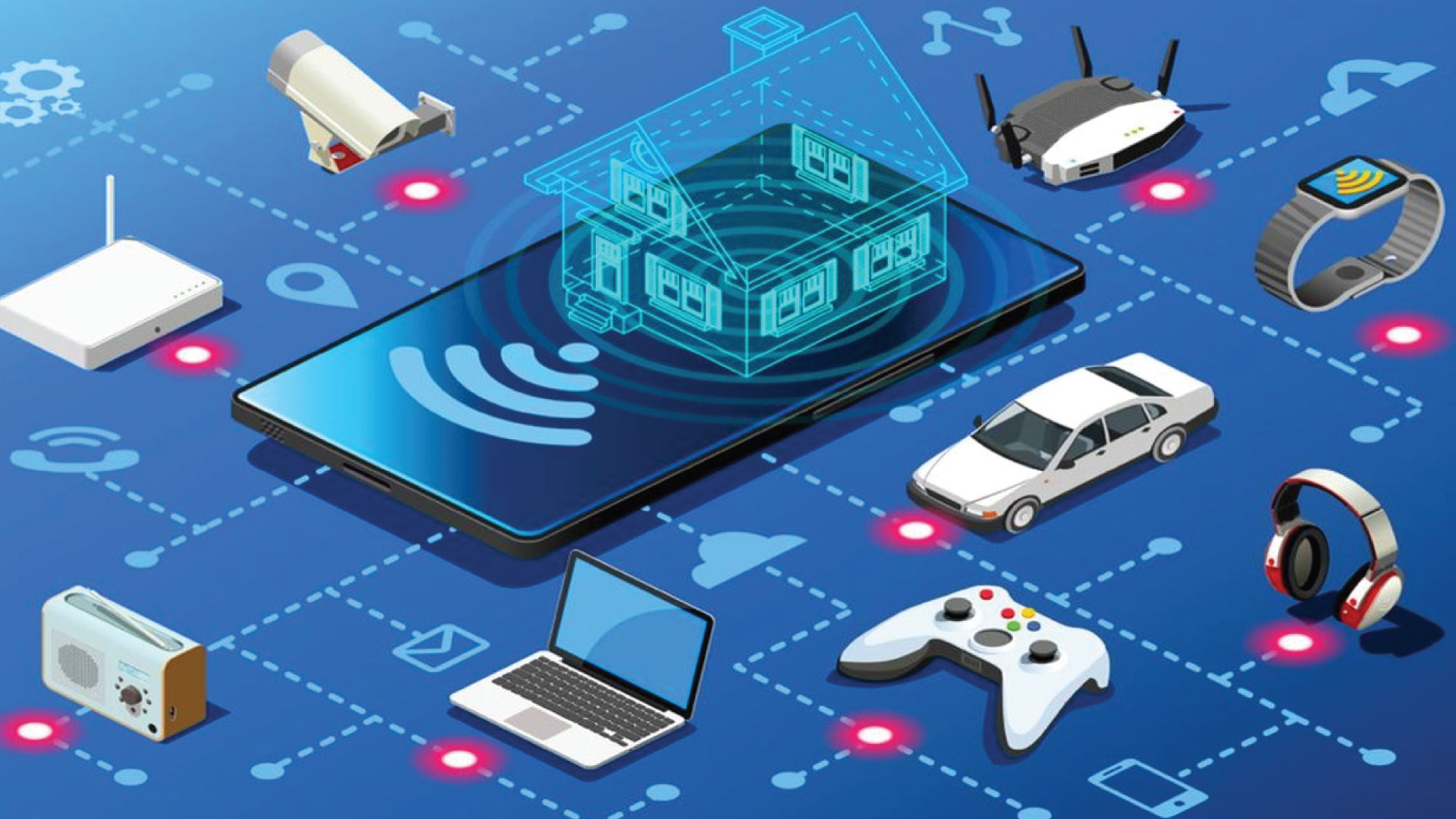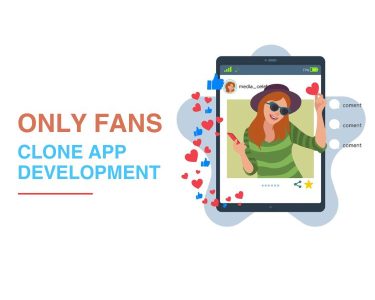Author Introduction: James Carter, a tech writer and IoT specialist, has over 15 years of experience in exploring and explaining the intricacies of connected technologies. With a degree in Computer Science and a passion for innovation, James provides an in-depth look at how the Internet of Things is connecting the world and transforming our lives.
1. Introduction to the Internet of Things (IoT)

The Internet of Things (IoT) refers to the network of interconnected devices that communicate and share data with each other. From smart home devices to industrial sensors, IoT is revolutionizing the way we interact with technology. This article explores the transformative impact of IoT on various sectors and everyday life.
2. The Evolution of IoT
The concept of IoT has evolved significantly since its inception. Early IoT applications were limited to basic automation, but advancements in wireless communication, cloud computing, and data analytics have expanded its capabilities. Today, IoT encompasses a wide range of devices, from wearable health monitors to smart cities.
3. IoT in Smart Homes
IoT is making homes smarter and more efficient. Devices like smart thermostats, security systems, and voice assistants create a seamless and automated living environment. Homeowners can control their appliances remotely, monitor security cameras in real-time, and receive alerts for maintenance issues, enhancing convenience and security.
4. Transforming Industries with IoT
IoT is revolutionizing various industries, including manufacturing, agriculture, and healthcare. In manufacturing, IoT-enabled machinery allows for predictive maintenance, reducing downtime and increasing productivity. In agriculture, smart sensors monitor soil conditions and optimize irrigation, leading to better crop yields. Healthcare providers use IoT devices to track patient health in real-time, improving treatment outcomes.
5. Enhancing Transportation and Logistics
IoT is transforming transportation and logistics by improving efficiency and reducing costs. Connected vehicles provide real-time data on traffic conditions, enabling optimized routing and reducing fuel consumption. In logistics, IoT sensors track the location and condition of goods throughout the supply chain, ensuring timely deliveries and reducing losses.
6. Smart Cities: Building the Future
IoT is at the core of developing smart cities, where connected infrastructure enhances the quality of urban life. Smart traffic lights reduce congestion, waste management systems optimize collection routes, and environmental sensors monitor air quality. These technologies create more sustainable and livable cities, improving the overall quality of life for residents.
7. IoT Security and Privacy Concerns
While IoT offers numerous benefits, it also presents security and privacy challenges. The vast amount of data generated by IoT devices can be vulnerable to cyberattacks. Ensuring the security of these devices and protecting user data is crucial for the continued growth and adoption of IoT technologies.
8. The Future of IoT

The future of IoT is promising, with advancements in artificial intelligence and 5G connectivity set to drive further innovation. AI-powered IoT devices will offer more sophisticated analytics and automation, while 5G will provide faster and more reliable connections. These developments will expand the potential applications of IoT, making it an integral part of everyday life.
Informative Table: Key Applications of IoT
| Sector | Key Applications | Example Uses |
| Smart Homes | Automated lighting, security, climate control | Smart thermostats, security cameras |
| Manufacturing | Predictive maintenance, process optimization | IoT-enabled machinery, sensors |
| Agriculture | Soil monitoring, precision farming | Smart irrigation systems, crop sensors |
| Healthcare | Remote patient monitoring, health tracking | Wearable health devices, IoT medical equipment |
| Transportation | Fleet management, traffic optimization | Connected vehicles, GPS tracking |
| Smart Cities | Traffic management, waste management, environmental monitoring | Smart traffic lights, air quality sensors |
Comparative Table: Traditional Systems vs. IoT-Enabled Systems
| Feature | Traditional Systems | IoT-Enabled Systems |
| Connectivity | Limited to individual devices | Interconnected devices and systems |
| Data Collection | Manual or periodic | Continuous, real-time |
| Control and Automation | Manual adjustments | Automated, remote control |
| Maintenance | Reactive (post-failure) | Predictive (preventative) |
| Efficiency | Standard | Optimized through data insights |
Conclusion
The Internet of Things is revolutionizing the way we live and work by creating a connected world where devices communicate and collaborate. From enhancing the convenience of our homes to transforming industries and building smart cities, IoT is driving innovation and improving efficiency. As technology continues to evolve, the potential of IoT to further connect and enhance our world is limitless.
This article, authored by James Carter, leverages his expertise in connected technologies to provide a comprehensive overview of how the Internet of Things is reshaping our lives. Whether you’re a tech enthusiast, industry professional, or curious reader, this detailed analysis offers valuable insights into the transformative power of IoT.




